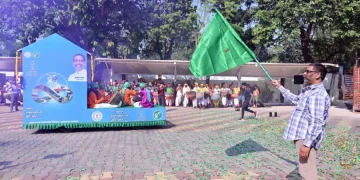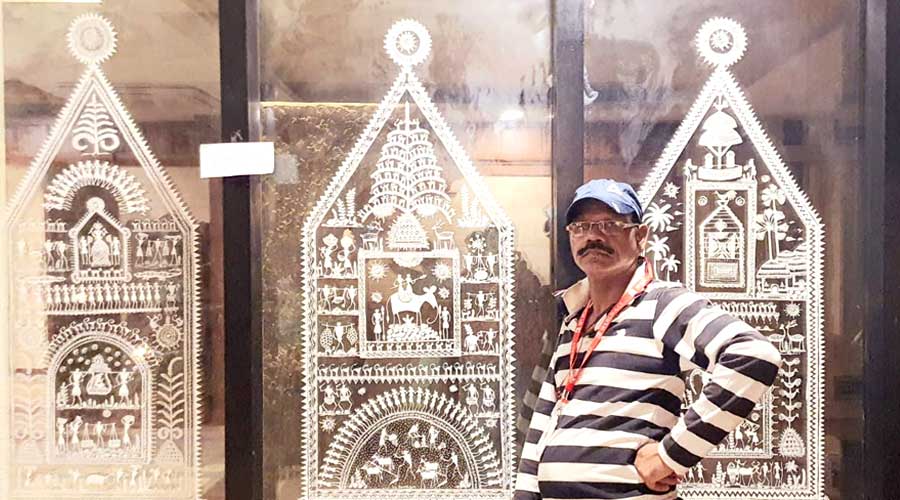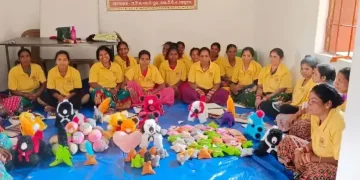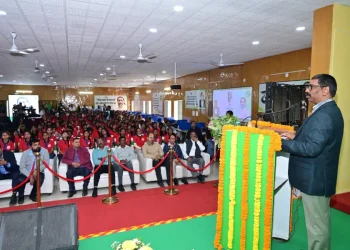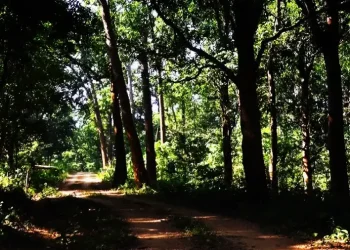At the reception of the Scheduled Castes and Scheduled Tribes Research and Training Institute’s museum, Bhubaneswar, is a unique painting. It is Saora tribal art but painted by a Gond tribesman. Unique because Saora tribal art is associated with the Saura tribe of Odisha. The story of how this amalgamation came to be is equally unique.
Gorekh Chandra Nayak was rapt. “I observed them painting with rice flour and Salap Ras (a kind of plant sap), using banana bark’s ashes and red earth for black and red colour,” he reminisces.
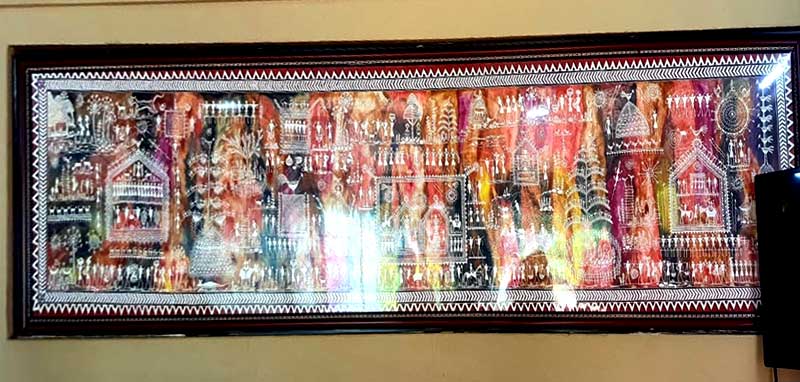
More than two decades ago, Nayak was a social worker with Rayagada district’s Jana Chetna Parishad. The Gond tribal had been in the line for six years when, one day, his work took him to a Lanjia Saora village the remote Gunpur. There, he came upon an idital — a wall painting made with natural pigments typical of the Saora tribal art.
Nayak tried to speak to the artists, Maran (male) and Bhui (female), but his Odia was beyond their comprehension. Fortunately, an official of the Lanjia Saora Development Agency was present and stepped in as an interpreter for Nayak to learn more about the painting style of straight and undulating lines.
From that moment, the Gond was hooked to Saora painting.
Today, Nayak still prefers the idital style, though he is adept at his own Gond art — with dots and lines — as well as the Dongria Kondh paintings of angles and is a favourite of art connoisseurs.
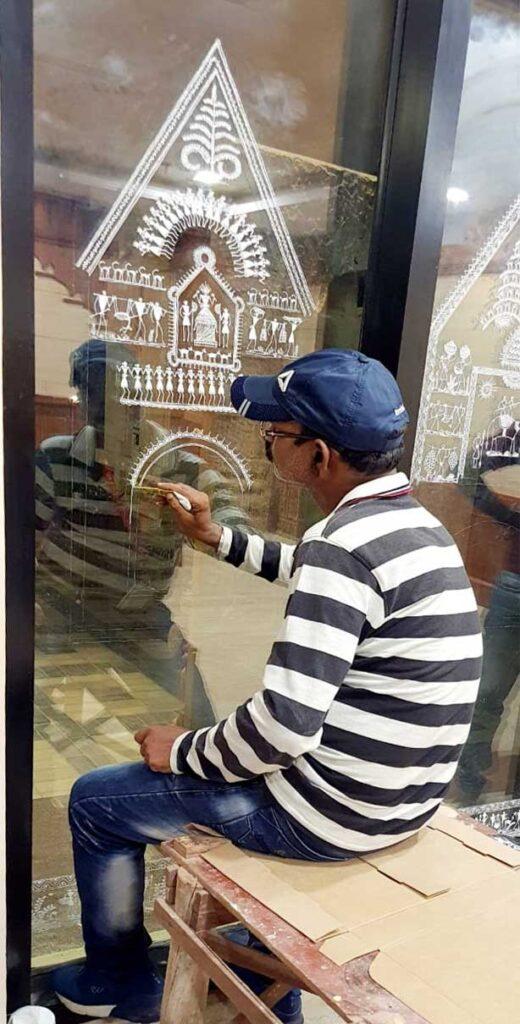
The 48-year-old from Puruminda in Keonjhar quit his job in 1999 to nurture his passion. He honed his talent as a designer for Anwesha Tribal Arts and Crafts. “To join Anwesha, I had to crack a test of drawing Saora painting. Then, I donned the mantle of a designer and clung to it for six years,” he says.
In 2001, Nayak camped at Pragati Maidan in New Delhi, along with artists from over 20 states, to showcase his work. He also took part in a United Nations Development Programme the same year. The next year, his paintings were displayed at Folk Painting Workshop in Kolkata, Soorya Festival in Trivandrum and Mahabharat Festival of Kurukshetra. In 2003, Anwesha Collection in Mumbai, Wall Painting on Bharatiyam in Kolkata and Srijan Mahotsav of Shantiniketan showed his work.
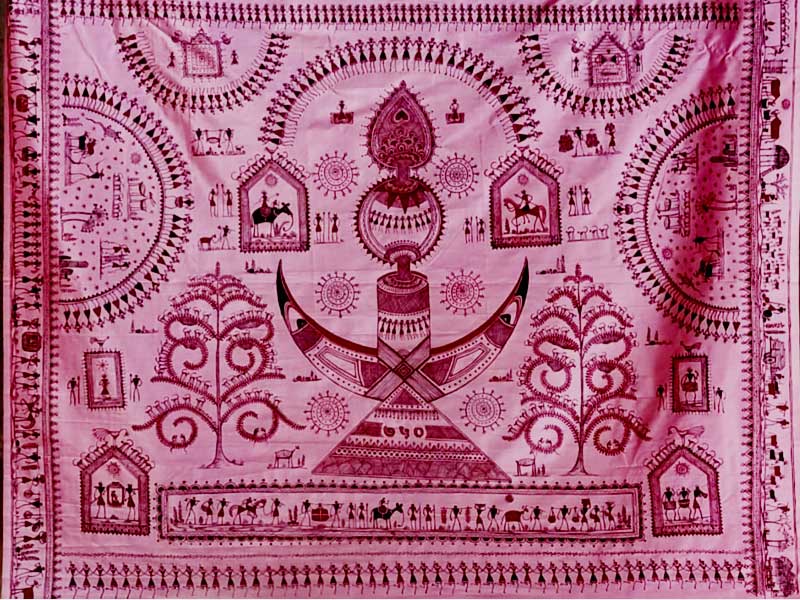
Nayak never looked back. He was named Best Artist for Tribal Painting and honoured by Odisha Chief Minister Naveen Patnaik in 2004. In 2015, the Adarsh Odia Pratibha Samman was conferred on him. He has also been felicitated by the Odisha Shilpi Mahasangh for his contributions to art.
For all his fame, though, Nayak prefers to shun the limelight. “He stays in the shadows, beyond the reach of the buzz and bustle,” says Bipin Sahoo of World Art, Bhubaneswar.
“Even after so many years, the glitz and glamour that other artists frequently bask in are still alien to me,” Nayak tells The Indian Tribal. After all, this tribal’s art remains enough for him.








